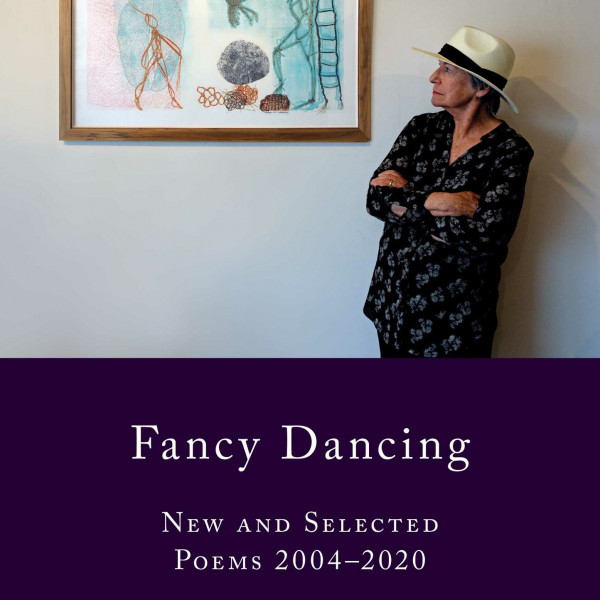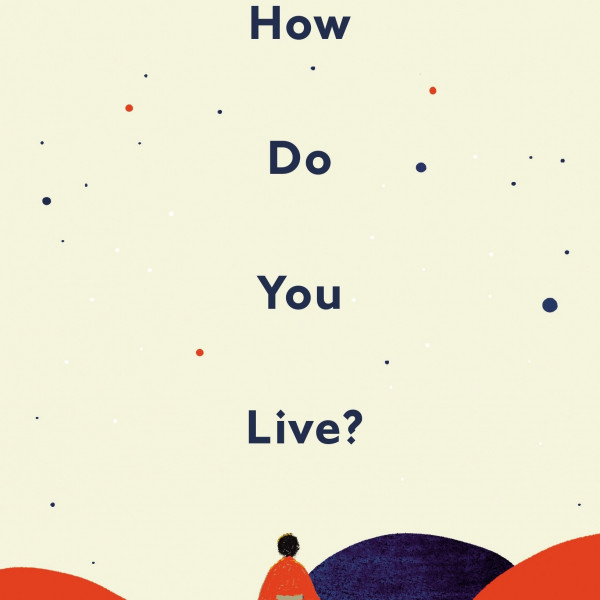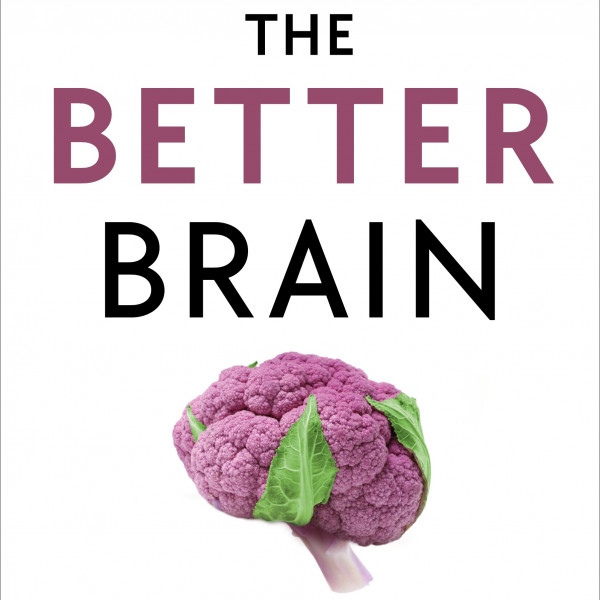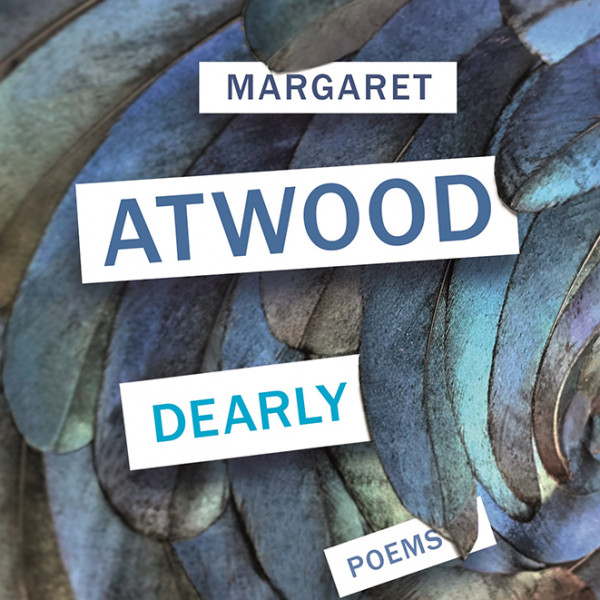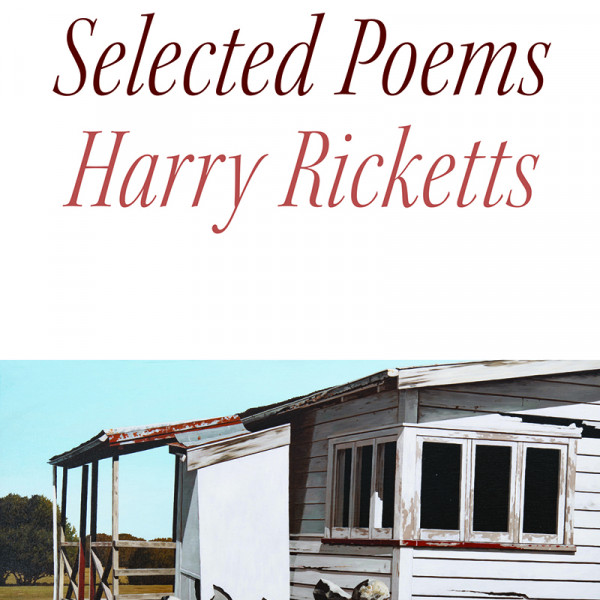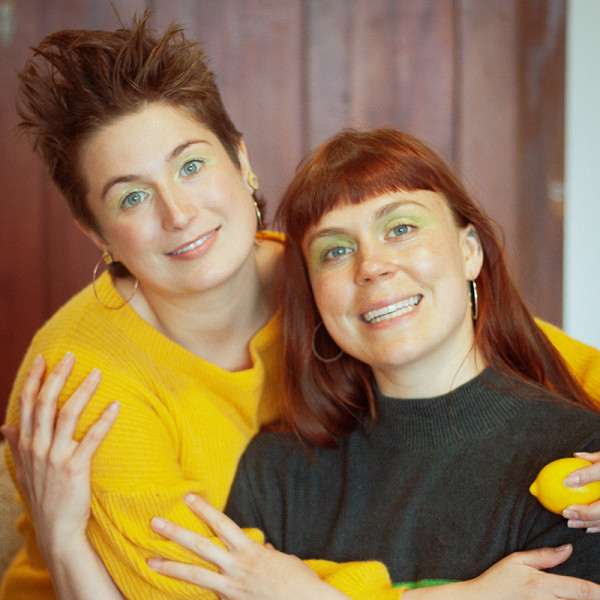
Tears of the Moon is the second book in Nora Roberts’ Gallaghers of Ardmore trilogy. The magic continues when the first of three spells has been broken for Carrick and Lady Gwen to finally be together. Is this an opportunity for the second part of the spell to be broken? “His heart’s in his song.”
I felt like I had been placed under a spell myself when I read this book and instantly got transported to the wonderful countryside of Ireland. Nora’s writing style is easy on the eyes and flows as if she is telling you the story herself. Her descriptions of scenes in the story are so vivid that you can see the vision of Lady Gwen, smell the delicious mulligan stew that Shawn is cooking in the pub, and feel the burning desire of two souls that want to be together. She had me lapping up every word that I read, and I didn’t feel the need to skim a page in case I missed something.
Compared to the first book Jewels of the Sun, Tears of the Moon is a little less dreamy romance and more battle of the wits between Brenna and Shawn, neither of whom want to admit their romantic feelings for the other. The stubbornness of these two characters makes you want to jump into the book and slap some sense into them, however, it is quite amusing to read how they quarrel with each other when jealousy creeps up. There are family matters that also come into play and personally I was rooting for their success in their potential business venture. Having everyone in town involved and keeping family close really got me deeper into the story as it felt close to home for me.
I could not put the book down and found myself smiling and laughing out loud. Magic, wit, and romance next to a warm fire on a cold rainy day was just what the doctor ordered.




